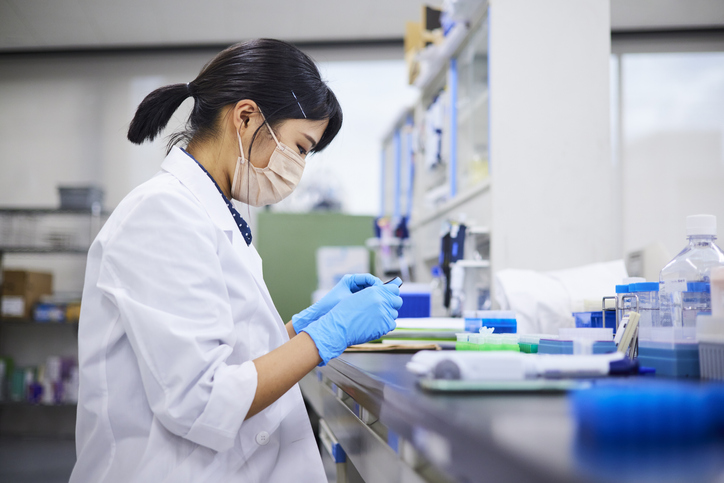Interfacial stress analysis is an important step when evaluating the ability of various polysorbates (PS) to mitigate formation of subvisible and visible protein particles at the air/water interface of monoclonal antibody formulations.
In a recent paper, researchers led by Prajnaparamita Dhar, PhD, professor, chemical and petroleum engineering, University of Kansas, compared the effects of PS20 and PS80 on the interfacial properties and rate of particle formation in two immunoglobulin G1 molecules.
For all the mixtures, adding surfactants at concentrations of 100 ppm—well above the critical micelle concentration (CMC)—prevented adsorption of the protein to the air/water interface. At lower PS concentrations, that ability varied according to the surfactant and the protein.
For example, with PS concentrations below the CMC, the protein seemed to co-adsorb at the air/water interface. Dhar and colleagues surmise the lower surfactant concentrations failed to fully saturate the surface of the interface or that both molecules are competing for that interface.
“Our results also suggest that the amount of surfactant needed to prevent adsorption of the mAb to the air/water interface also depends on the concentration of molecules competing for the air/water interface,” they wrote.
Dilational stress affects competitive adsorption
Applying dilatational stress to the air/water interface affects “the competitive adsorption between the surfactant and the mAb molecules (that are) competing for any new area that is generated during the start of every expansion cycle,” according to the paper. The outcome is determined by the rate of adsorption of the surfactant and the mAb molecules at the air/water interface.
Although PS20 and PS80 were each effective, PS20 appeared significantly better at preventing large particle formulation.
When specifically addressing the air/water interface, however, protein particle formation varied by solution and surfactant. For example, the mAb 2/surfactant solutions all reduced the number of particles formed at the interface but, for mAb1/surfactant solutions, protein particles actually increased for the 100 ppm PS20 solutions.
The researchers hypothesize that differences in adsorption rates determine how many protein complexes are formed. Additional possibilities are that micelles may promote protein particle formulation, or that the surfactants interact differently with the mAbs, causing surfactant/protein complexes to form in one, but not the other.
To determine which PS best prevents protein particle formation at the air/water interface for any particular formulation, the researchers advocate analyzing spatial pressure versus time kinetics, and spatial pressure versus interfacial area isotherms. Ultimately, the choice of surfactant may depend on the nature of the mAb.


